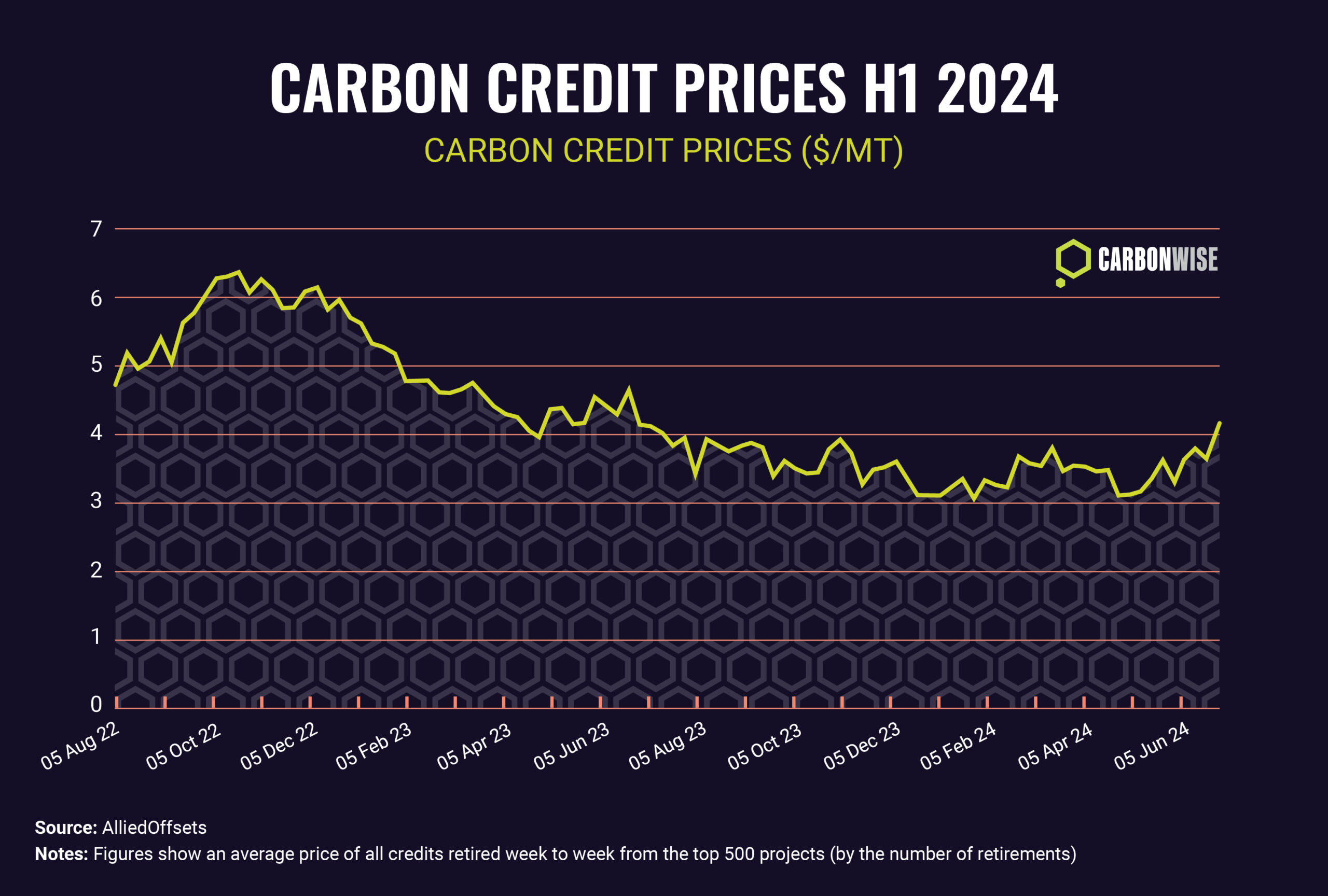Shipping’s Carbon Footprint
The shipping industry is a pivotal component of the world economy, transporting an estimated 11 billion tonnes of goods annually. However, the traditional fuels employed to power cargo vessels contain high levels of carbon and sulphur, leading to extensive environmental harm. Shipping currently contributes to more than 3% of global CO2 emissions, and with the ongoing climate crisis, swift action must be taken to address this issue. Prioritising sustainable shipping practices is crucial in mitigating the sector’s impact on our planet and ensuring a sustainable future for generations to come.
As the International Chamber of Shipping indicates, the total tonnage transported by ship yearly is equivalent to approximately 1.5 tonnes per person globally. Most of the products we use every day will have been transported by cargo ship. The shipping industry is responsible for over 3% of worldwide CO2 emissions.
Historically, the shipping industry’s transnational nature has created difficulties in attributing its emissions to a single country. This resulted in its exclusion from the Paris Agreement’s country-level emissions targets, a pivotal international accord committing countries to limit global warming to well below 2 degrees Celsius above pre-industrial levels. This omission underscores the urgency for industry-specific measures to combat shipping’s environmental impact.
Under the Paris Agreement’s precursor climate treaty, the 1997 Kyoto Protocol, nations agreed to pursue emissions reductions from shipping through the United Nations International Maritime Organisation.
Regulatory Response: Global and Regional Measures
As a result, the shipping industry, led by the IMO, has had to turn its attention towards bringing down CO2 emissions and implementing sustainable policies. In 2018, the IMO set out a goal to cut greenhouse gas (GHG) emissions by no less than 50% by 2050 compared with 2008 levels, with the long-term goal of reaching carbon neutrality by 2100. These include restrictions on using traditional fuels for shipping to encourage companies to use green alternatives and levying fines for shippers that do not comply. It is, therefore, crucial for businesses to now consider how they can be more environmentally friendly in terms of their products and carbon offsetting and how these products are delivered. Green shipping involves using efficient technology which reduces the emissions produced by this mode of transportation.

EU Emissions Trading System: A Step Towards Accountability
In April 2023, the European Parliament decided to incorporate the shipping sector into the EU’s Emissions Trading System (ETS). This is part of the EU’s strategic objective to reduce GHG emissions by at least 55% by 2030 relative to 1990 levels. The ETS operates under the principle of “cap and trade”. In essence, this system imposes a cap, or a strict limit, on the total volume of certain gases that the shipping sector can emit. This cap is progressively lowered over time. Under the trading component of this system, shipping companies receive or buy emission allowances, which they can trade amongst each other as per their needs.
Each allowance permits the company to emit one tonne of CO2 or the equivalent amount of another greenhouse gas. This encourages shipping companies to reduce their emissions since they can sell their surplus allowances to other companies that have exceeded their emissions cap. Consequently, the ETS creates a financial incentive for emission reductions, promoting a greener shipping industry.
Ships of 5,000 gross tonnes and above will be affected by the ETS, and the regulations will apply to journeys made within the EU as well as those to third countries. The system will be rolled out over the next three years, with shipowners and charterers having to surrender allowances to cover 40% of their carbon emissions for shipments within the EU and 20% for journeys into or out of the EU in 2024, rising to 100% and 50% respectively by 2026. If a shipowner or charterer fails to surrender enough allowances in a given year, it will be fined €100 per surplus tonne. It will also be obliged to surrender allowances for these excess emissions the following year. Companies that do not use their total allowance can roll them over to the next year or sell them to other companies.
Promising Technologies: Alternative Fuels
Several promising technologies are currently under development to advance the cause of green shipping, including the adoption of liquified natural gas (LNG) and hydrogen as alternative fuels. LNG and hydrogen have emerged as popular choices due to their compatibility with existing ship designs, thus offering a path towards immediate emission reduction without the need for extensive retrofitting or new ship construction. According to a report from the Centre for Strategic and International Studies, a shift to hydrogen fuel could enable 43% of voyages between the United States and China to proceed with no modifications to the ships and up to 99% of these voyages with only minor adjustments to fuel capacity or operational procedures. Such developments highlight the potential for hydrogen to reduce the carbon footprint of maritime transport significantly.
Hydrogen for fuel can be extracted through electrolysis, however, this is expensive. As a result, hydrogen fuel is more commonly produced through steam reforming using fossil fuels, and therefore the production process itself pollutes the environment. Nonetheless, companies are increasingly investing in the electrolysis production process, and the hydrogen market is growing. It remains a greener fuel for ships than bunker oil.
The exact emissions reduction potential of these alternative fuels depends on numerous factors, including their production methods and the efficiency of the engines using them. For instance, LNG, when used in highly efficient engines, can reduce CO2 emissions by up to 20% compared to conventional marine fuels. The potential of hydrogen is even more promising; when produced via green methods like electrolysis powered by renewable energy, hydrogen could enable near-zero-emission shipping.
Harnessing Wind Power: Old Solution, New Application
A diverse array of green shipping technologies is also being explored. Wind power, for instance, is harnessed for ‘hybrid’ container ships to reduce fuel oil consumption, thereby lessening carbon emissions per voyage. Techniques include deploying lightweight sails, kites, or Flettner rotors that can be retrofitted onto existing vessels. Additionally, advanced tracking technology can identify optimal routes to leverage wind power most effectively. Currently, more than 20 cargo vessels employ wind power, and ongoing development promises more on the horizon. For example, the Japanese carrier Mitsui OSK Lines is innovating with ‘Wind Hunter’, a ship featuring sails and turbines that produce hydrogen fuel via electrolysis during voyages.
Another exciting initiative is the development of wind-powered ships in Europe, led by companies like NEOLINE. Other organisations, such as the Sail Cargo Alliance (SCA), are reverting to traditional sailing ships for cargo transportation – a slower, yet more sustainable option. However, the adoption of wind power as a viable solution in the shipping industry remains slow. Research conducted by Seas at Risk reveals that reducing ships’ speed by just 10% could cut carbon emissions by 19%. Implementing such a measure presents a sustainable and economically viable approach that businesses are beginning to consider.
Adopting these green technologies is not without its challenges. Infrastructure for alternative fuels like LNG and hydrogen is still in its nascent stages, requiring substantial investment for wide-scale adoption. The retrofitting of existing ships with wind-assisted technologies, while less disruptive than a full switch to a different fuel, also involves significant costs and technical complexities. Moreover, regulatory and safety standards need to evolve to support these new technologies.
Green Shipping Corridors: Navigating Towards Zero Emissions
Green shipping corridors are emerging as another strategic response to the environmental challenge. These maritime transportation routes, situated between two ports, use sustainable shipping technologies, intending to achieve zero carbon emissions. Such corridors have been established following the Clydebank Declaration in 2021, with 21 initiatives launched in 2022 alone. Notable routes include those between the ports of Los Angeles and Shanghai, and across the Atlantic, between Antwerp and Montreal. Considering the ambitious goals set by the IMO and the EU, the urgency to develop these green shipping corridors is clear. As underlined by the United Nations Conference for Trade and Development’s (UNCTAD) 2022 Review of maritime transport, ‘we need a transparent multilateral framework for the decarbonisation of maritime transport, to reduce uncertainty for policy makers and industry alike’.
Towards a Sustainable Shipping Industry
In conclusion, the shipping industry stands at a crossroads. As the pressure to mitigate climate change intensifies, the path to sustainability becomes not just a moral imperative, but a business necessity. Through the interplay of innovative green technologies, progressive regulations, and industry commitment, the vision of a sustainable shipping industry is gradually coming into focus. The journey, however, is just beginning.





